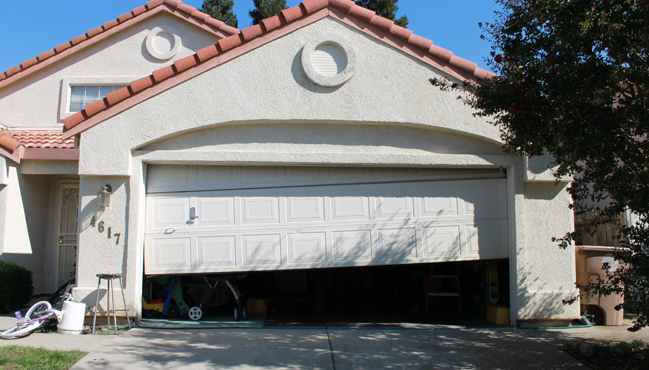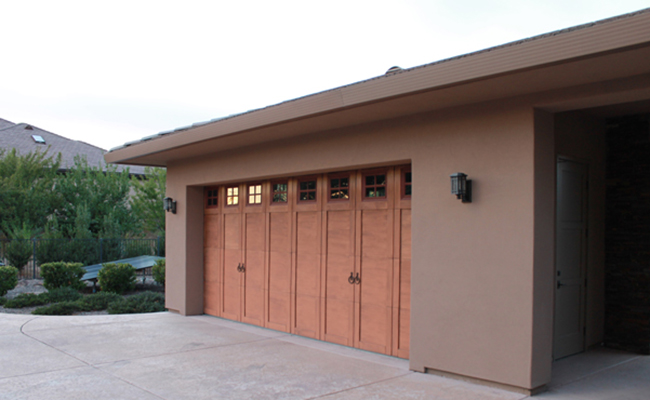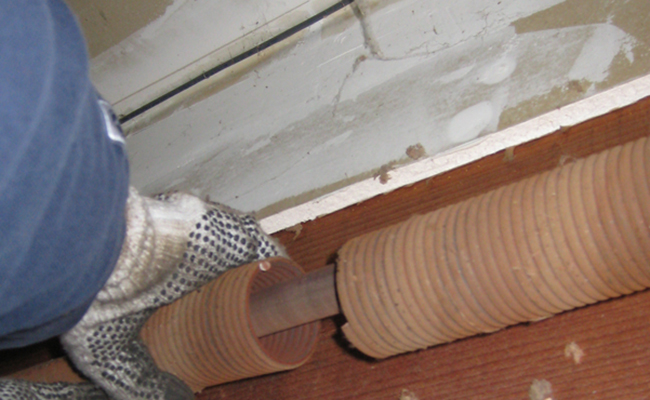When it comes to garage doors, the springs are often overlooked, but they play a crucial role in the smooth and safe operation of your garage door. Over time, garage door springs can wear out and break, leading to inconvenience and potential safety hazards. In this article, we will explore the importance of garage door springs, signs that indicate it’s time for a replacement, the types of springs available, and the process of replacing them.
Why Are Garage Door Springs Important?
Garage door springs are responsible for counterbalancing the weight of the door, making it easy to open and close manually or with a garage door opener. These springs endure significant stress every time you use your garage door.
Types of Garage Door Springs
There are two main types of garage door springs:
1. Torsion Springs
Torsion springs are mounted above the garage door and wind up when the door closes. When you open the door, they unwind, generating the necessary force to lift the door. These springs are known for their durability and smooth operation.
2. Extension Springs
Extension springs are typically found on either side of the door and expand and contract to lift and lower the door. While they are cost-effective, they tend to wear out faster than torsion springs.
Signs That Your Garage Door Springs Need Replacement
Knowing when to replace your garage door springs is essential to avoid unexpected malfunctions. Look out for the following signs:
1. Slow Operation
If your garage door opens or closes noticeably slower than usual, it could be a sign that the springs are wearing out.
2. Unusual Noises
Loud creaking or popping sounds when operating the door can indicate spring problems.
3. Gaps or Gaps
Visible gaps or spaces in your garage door springs are a clear indication of wear and tear.
4. Door Imbalance
An imbalanced door, where one side appears higher than the other, is a sign of spring issues.
The Replacement Process
Step 1: Safety First
Before attempting any garage door spring replacement, ensure your safety by disconnecting the opener and locking the door in a lowered position.
Step 2: Identify the Springs
Identify whether your garage door uses torsion or extension springs, as the replacement process varies.
Step 3: Gather Tools
You’ll need the right tools, including winding bars, pliers, and safety goggles, for a safe replacement.
Step 4: Remove the Old Springs
Carefully release the tension from the old springs and remove them.
Step 5: Install the New Springs
Install the new springs, following manufacturer instructions, ensuring they are properly wound and secured.
Step 6: Test the Door
Once installed, test the door’s operation to ensure it moves smoothly.
Conclusion
Garage door spring replacement is a critical maintenance task that ensures your garage door functions correctly and safely. Regular inspection and timely replacement can prevent accidents and costly repairs. If you’re unsure about replacing the springs yourself, it’s always best to seek professional assistance.
FAQs
While it’s possible, it’s recommended to seek professional help due to the potential dangers involved in spring replacement.
On average, garage door springs last about 7-9 years with regular use. However, this can vary depending on the quality of the springs and usage.
The cost varies based on factors like the type of spring, labor, and location. It can range from $150 to $350 for a professional replacement.
Using one spring instead of two is not recommended, as it can strain the garage door opener and lead to premature wear and tear.
Regular lubrication of springs and inspection for wear and tear can help extend their lifespan.








